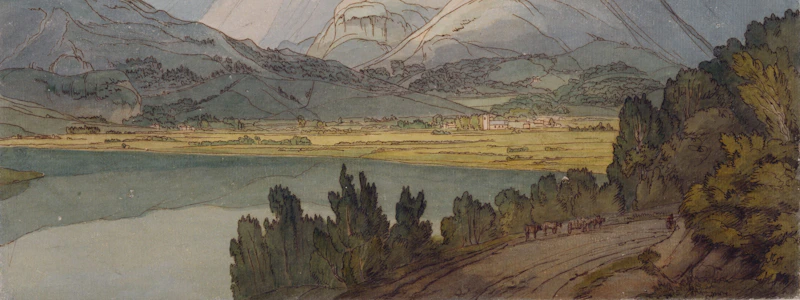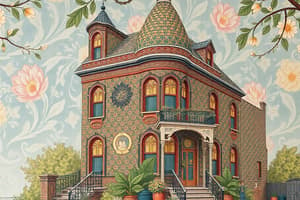Podcast
Questions and Answers
What is the primary purpose of murals?
What is the primary purpose of murals?
- To solely provide entertainment in theaters
- To create a sense of community and express identity (correct)
- To replace traditional painting methods entirely
- To serve as a private form of art
What defines a telon painting?
What defines a telon painting?
- A mural painted on significant buildings
- A portable mural used for public exhibitions
- A digital collage of images
- A background painting used for theatrical performances (correct)
Which of the following describes jeepney painting?
Which of the following describes jeepney painting?
- It is covered with various pop-culture and Catholic imagery (correct)
- It is exclusively for traditional ceremonies
- It features only abstract designs
- It is typically monochromatic with no symbols
What distinguishes a portable mural?
What distinguishes a portable mural?
What is collage primarily characterized by?
What is collage primarily characterized by?
The term 'mural' originates from which language?
The term 'mural' originates from which language?
Which visual feature is common in calesa painting?
Which visual feature is common in calesa painting?
How do murals contribute to urban environments?
How do murals contribute to urban environments?
What type of art form is primarily used for performances like komedya and sarswela?
What type of art form is primarily used for performances like komedya and sarswela?
What aspect of murals can also involve political expression?
What aspect of murals can also involve political expression?
Flashcards are hidden until you start studying
Study Notes
Murals
- Large wall-sized paintings designed to convey public messages
- Development of "portable murals" using bold strokes and bright colors on cheesecloth or canvas to prevent damage
- Origin of the term "mural" from the Latin word "murus," meaning "wall"
Telon Painting
- Background painting utilized as stage backdrops in traditional Filipino theater forms like komedya, sarswela, and sinakulo
Jeepney & Calesa Painting
- Calesas typically feature one vivid color with borders decorated in geometric patterns or thin lines
- Jeepney painting evolved from calesa painting, showcasing a blend of pop culture imagery and Catholic symbols
- Jeepney's logo, number, and route displayed near the driver's side
Collage
- An artistic method combining various images into one artwork
- Can be executed digitally or through traditional methods like cutting and pasting onto paper or other flat materials
Purpose of Murals
- Enhance community sense and beautify urban environments
- Express cultural identity, historical narratives, and social issues awareness
- Inspire creativity and wonder, making cities vibrant and engaging
- Serve as a medium for artistic expression related to freedom and political commentary
Studying That Suits You
Use AI to generate personalized quizzes and flashcards to suit your learning preferences.





